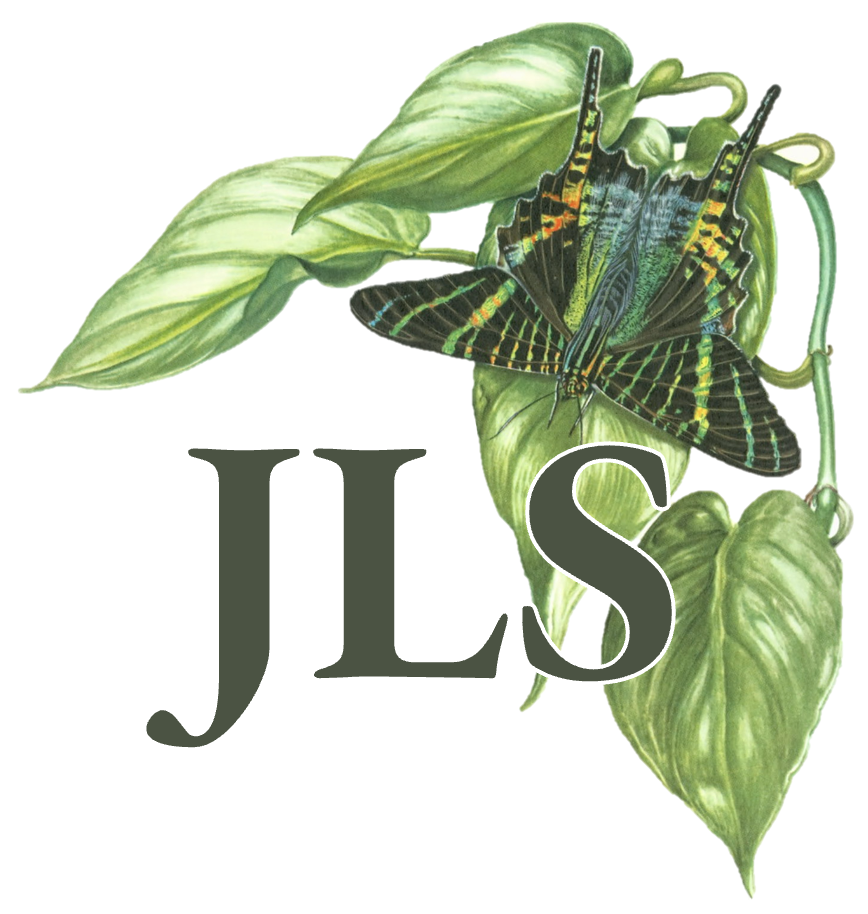
About the Journal
The Journal of Lost Species (JLS) is a peer-reviewed record of the contemporary biodiversity crisis. Our goals are to advance scientific understanding of extinction, support the development of methods for biodiversity documentation, and facilitate the rediscovery of lost species.
What is a lost species? If a species has not been seen in the wild in 10 years, it is considered lost. In this way, species can be called lost before they are recognized as extinct, and JLS supports the description of species as imperiled, lost, and extinct (see Article types for more details). Species can also be lost, but stable, if they are difficult to detect or have not been searched for.
The word "lost" is important, because it reminds us that even species that have not been seen in many years might be found again. In addition to preserving information about the disappearing diversity of life on Earth, a key part of the mission of JLS is to provide a scientifically rigorous platform for the rediscovery and recovery of rare, threatened and declining species.
JLS is a scientific journal but our contributors and audience extend beyond academic scientists: we invite contributions from land managers, conservation practitioners, amateur naturalists, and community scientists.

